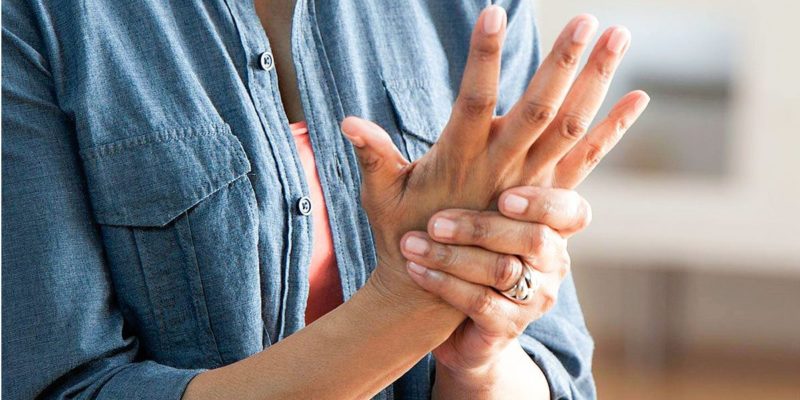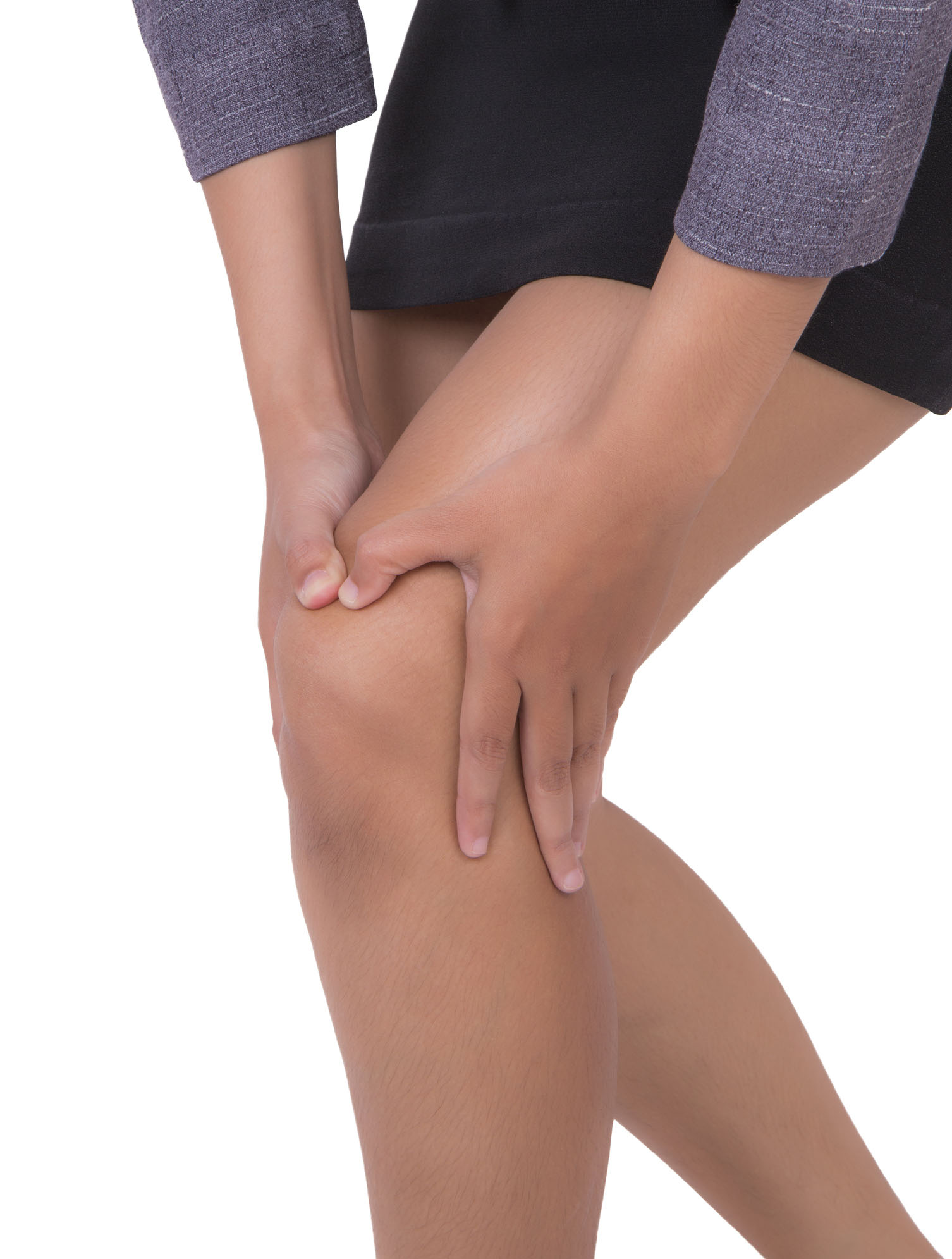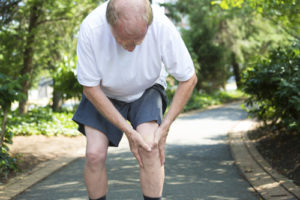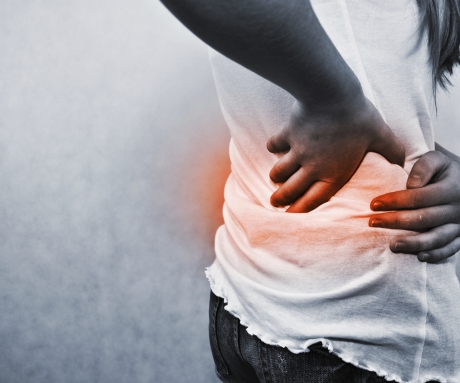QUESTION: I have many of the symptoms of arthritis, is it okay to exercise?
ANSWER:
You must first find out if your symptoms are actually those of arthritis before I can safely answer your question. There are several other conditions that share symptoms with arthritis such as:
- Fibromyalgia
- Gout
- Lupus
- Post-Viral Arthritis
- Seronegative Spondyloarthritis
- Sarcoidosis
- Scleroderma
- Pseudogout
- Sjogren’s Syndrome
- Vasculitis
It is essential to get a firm diagnosis of whether or not you have arthritis and what type of arthritis you have and then you can act on the answer received. Do you have other medical issues that may be a problem? Dr. Allegra spends time speaking with each patient at his office in Hazlet, New Jersey to understand their unique condition. With over 25 years of experience as an orthopedic surgeon, Dr. Allegra is an expert at diagnosing pain and prescribing the most appropriate non-surgical interventions before surgery is recommended.
Many people fear that exercise will increase pain or inflame sore joints. In most cases, exercise can help you improve your overall health because it assists in weight control, strengthens your muscles around the joints, helps maintain bone health, improves balance, helps you sleep and have more stamina during the day. These are all big bonuses in the fight for fitness and wellness. In actuality, the lack of exercise can stiffen joints, make them more painful, and reduce range of motion.
BEFORE STARTING ANY EXERCIZE PROGRAM, LET YOUR INSTRUCTOR KNOW OF YOUR CONDITION AND LIMITATIONS SO THEY CAN TAILOR THE REGIME TO YOUR NEEDS.
Check with Dr. Allegra as there may be classes specifically for arthritis patients in close proximity.
The operative words to look for if you are looking for an exercise routine that will keep you safe and benefit you are: GLOWS
- GENTLE movements, nothing you do should cause you pain or stress joints.
- LOW as in low impact exercises
- OVERALL body exercises, not just your joints
- WARM UP before you begin with hot packs, hot showers, stretching for about 20
- SLOW and easy movements, increase gradually and take breaks.
Always ice for 20 minutes afterward to reduce the chance of swelling.
Typically, great exercises for arthritis sufferers include range-of-motion exercises, strengthening exercises, aerobic exercise, and other actions that get you up and moving. Gentle forms of yoga and tai chi are also known as Body Awareness Exercises. Water Aerobics are therapeutic and pool water is generally kept warmer at facilities that hold these. These are wonderful for encouraging relaxation, improving balance, fall prevention, as well as improving posture and coordination.
Need more information? Dr. Allegra is a great source!
https://www.allegraortho.com/
Dr. Marshall P. Allegra
879 Poole Avenue, Hazlet New Jersey, 07730
Phone: (732) 888-8388




